On Feb. 19, 1942, Executive Order 9066 was issued by President Franklin Roosevelt. It authorized the incarceration (internment) of U.S. citizens of Japanese descent. About 122,000 people were sent to concentration camps. With rare exceptions, many of their homes, businesses, and farms were confiscated by banks, local governments, and speculators.
We refer to the internment as incarceration. This choice of language is recommended by the Densho Encyclopedia, because “One of the strategies employed by the federal government to sell the forced removal and confinement of Japanese American from the West Coast during World War II was the use of euphemistic terms that masked the true nature of what was being done.” Read their full statement, Do words matter?
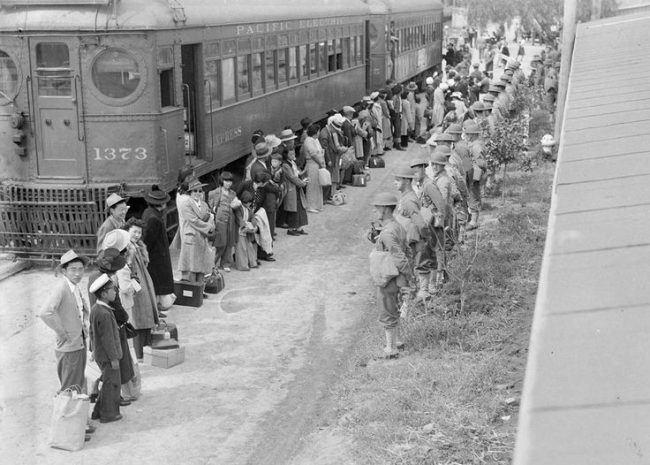
Japanese Americans arrive at the Santa Anita Racetrack in Arcadia, California. The racetrack was requisitioned for the Santa Anita Assembly center, with horse stalls as dwelling cells until citizens were transferred to inland incarceration camps. By Clem Albers. Source: Department of the Interior, War Relocation Authority
This history has a chilling relevance with the Trump administration’s references to a Muslim registry, the separation of families at the U.S.-Mexico border, and use of Guantánamo.
Find lessons and other resources below to teach outside the textbook about Executive Order 9066. These include a lesson on the seldom told history of Japanese Latin Americans who were forcibly brought to the U.S. to be incarcerated during World War II, a children’s book about Fred Korematsu who resisted incarceration in a case that went to the Supreme Court, and a film about the 63 Japanese Americans who refused to be drafted while being held held in an incarceration camp.

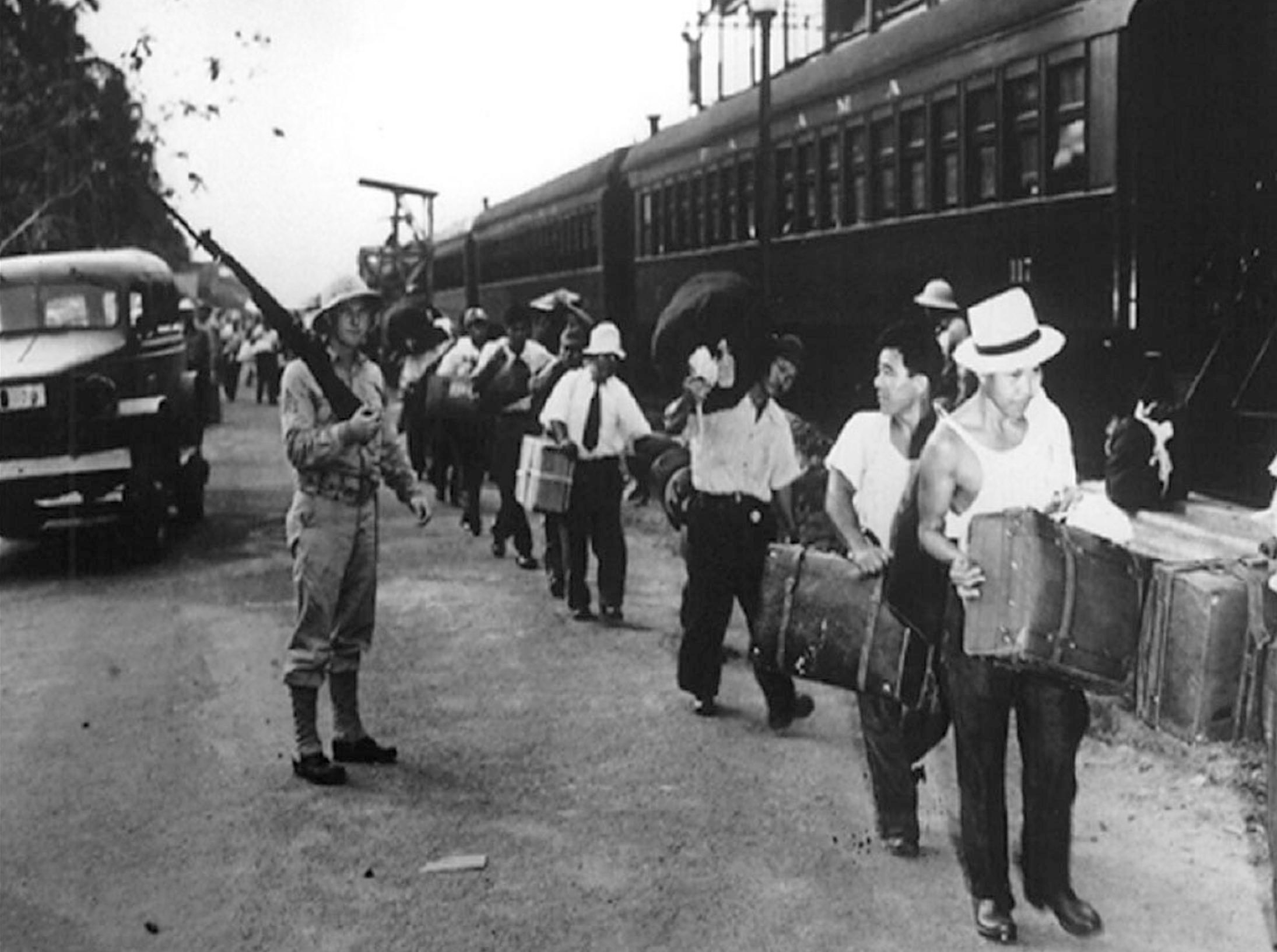
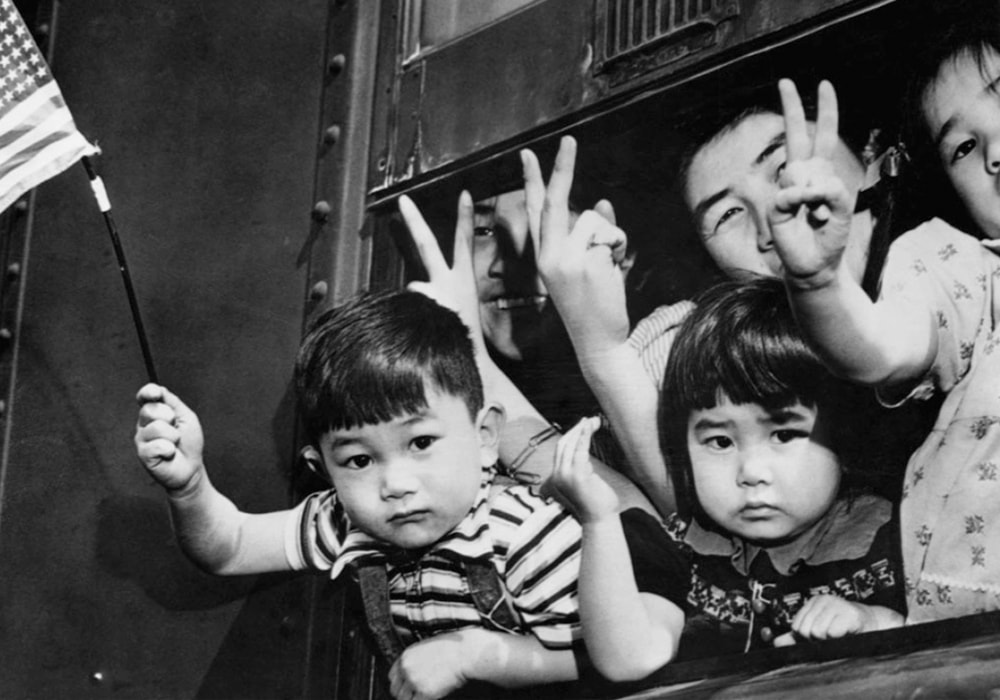
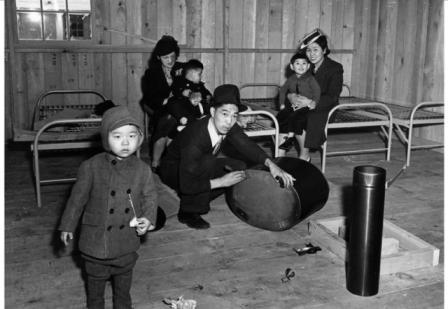
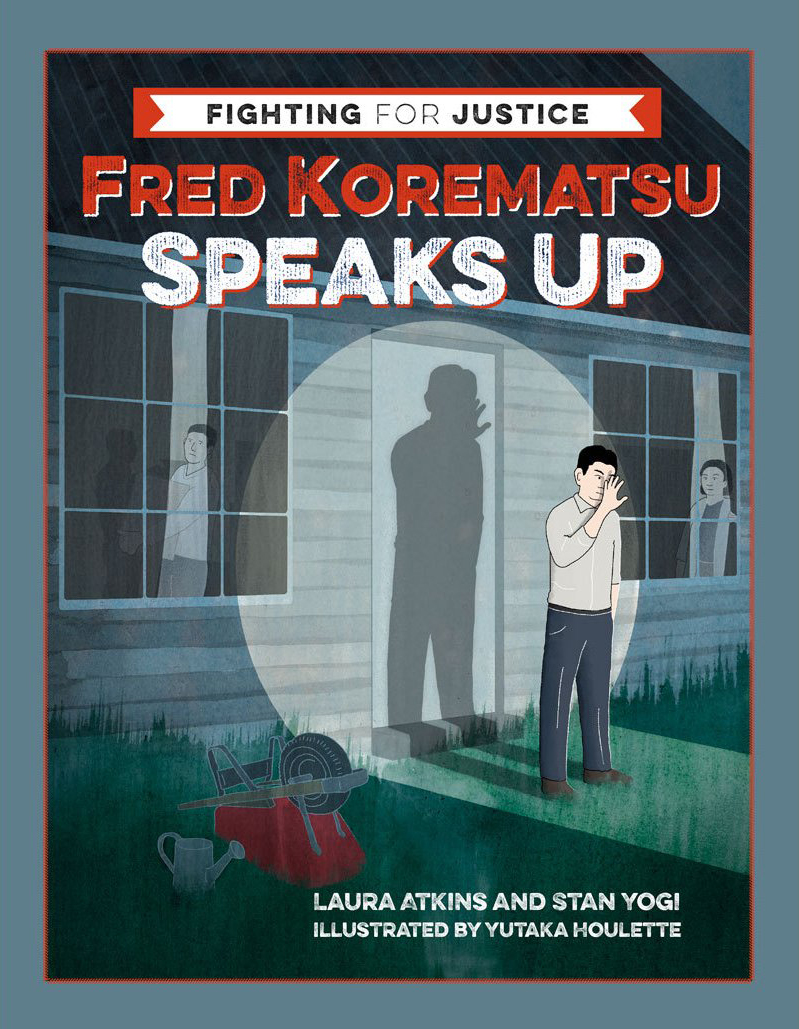

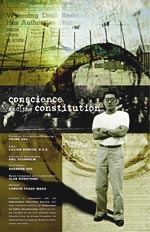
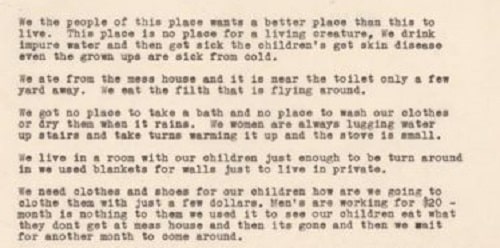
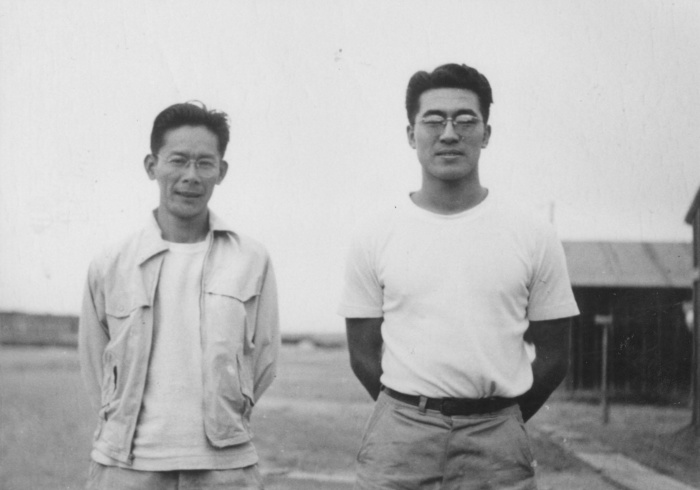
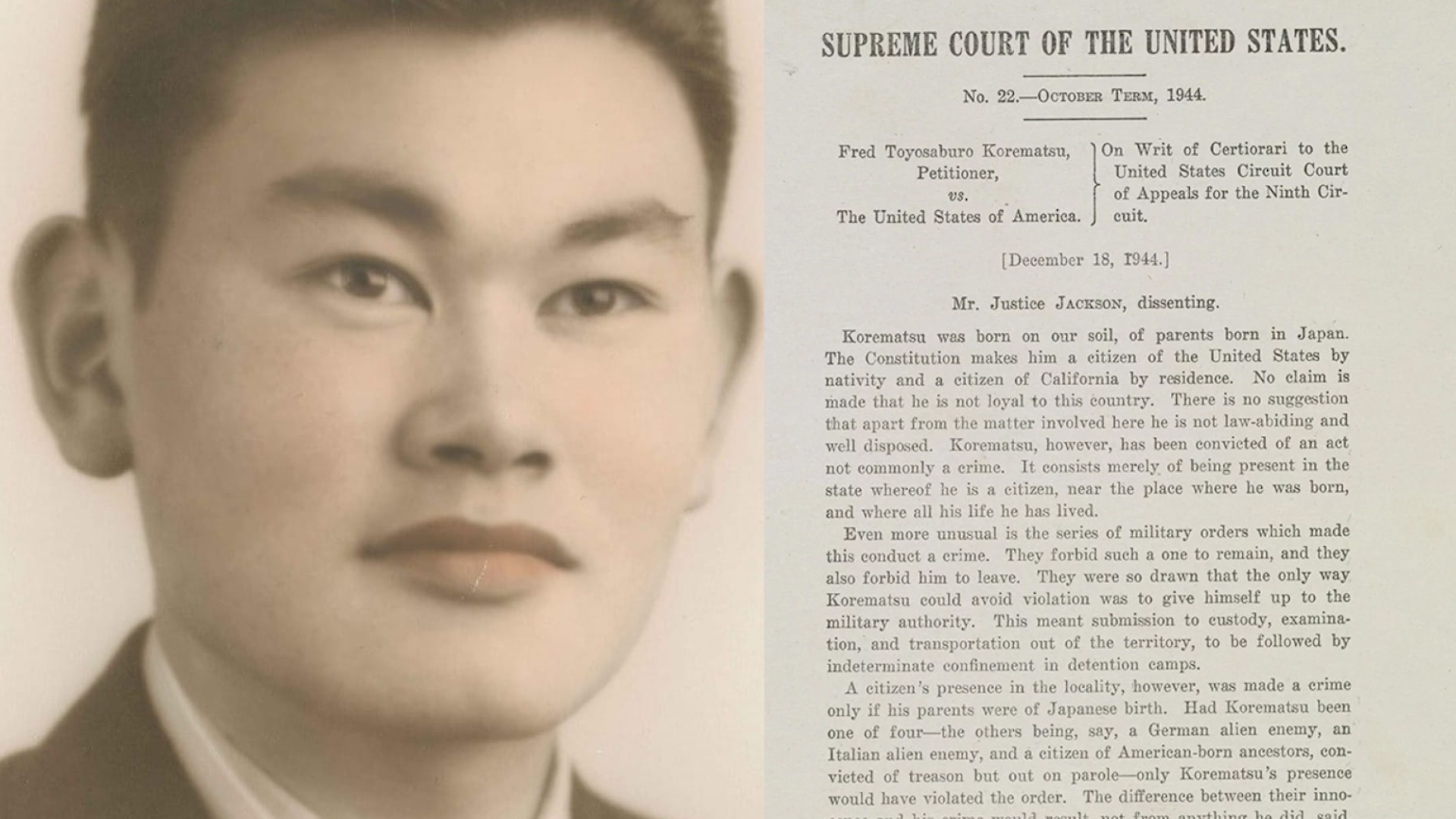





Twitter
Google plus
LinkedIn